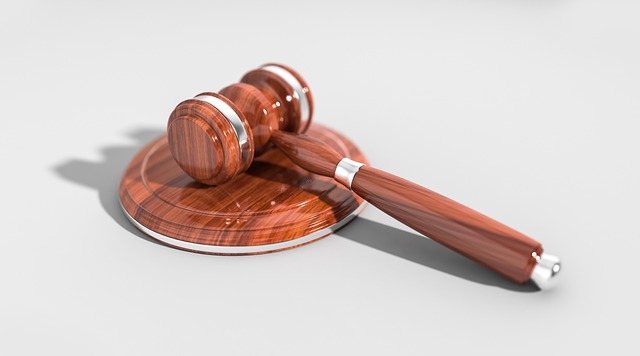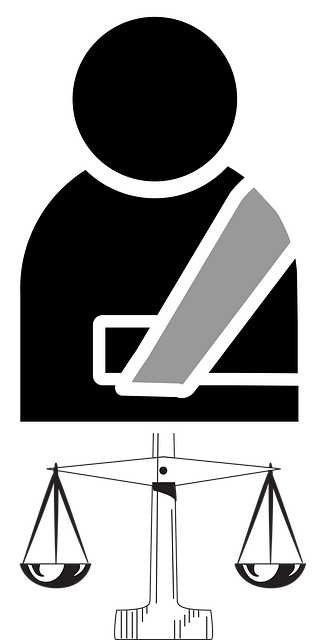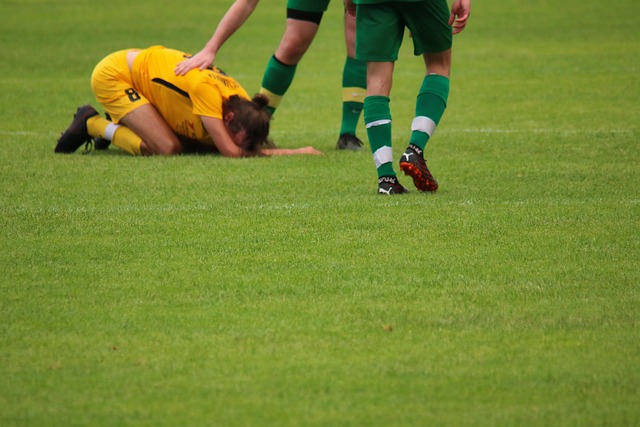Pedestrian accidents can cause immediate, visible injuries like cuts and bruises, but also insidious delayed-onset symptoms such as soft tissue damage, internal organ trauma, concussions, and chronic pain. Recognizing these hidden injuries is crucial for effective treatment and legal documentation in cases involving partnerships or real estate litigation. Early medical attention is essential to prevent complex, long-term effects and ensure fair resolutions.
Hidden Symptoms of Pedestrian Accident Injuries: Unveiling the Unseen
Pedestrian accidents can leave devastating impacts, often with symptoms that manifest immediately or surprisingly late. This article delves into the complex world of hidden injuries and their long-term effects. We explore the subtle and not-so-subtle signs, from immediate trauma to delayed onset injuries, and the overlooked medical complications that may surface weeks or even months later. Understanding these hidden symptoms is crucial for effective rehabilitation and supporting survivors in navigating their new realities.
- Immediate vs. Delayed Onset Injuries
- – Exploring the time lag between accidents and visible symptoms
- – Common delayed injuries and their potential impact on health
Immediate vs. Delayed Onset Injuries

Pedestrian accident injuries can manifest in various ways, with some symptoms appearing immediately while others may take days or even weeks to surface. Immediate onset injuries are typically evident right after the incident, such as cuts, bruises, and fractures. However, what might seem like minor discomfort at first could escalate into more severe chronic pain if left untreated. Delayed onset injuries, often referred to as ‘latent’ or ‘hidden’, can include soft tissue damage, whiplash, and internal organ trauma. These types of injuries are more insidious, as they may not be immediately apparent, leading victims to underestimate the severity of their condition.
Understanding the difference between immediate and delayed onset injuries is crucial for effective treatment and management. In cases involving pedestrian accidents, it’s not uncommon for individuals to experience what seems like a ‘slip and fall’ incident, only to later discover underlying injuries related to the initial impact. This highlights the importance of seeking prompt medical attention after any such incidents, even if symptoms seem mild. Moreover, in complex situations where partnerships disputes or real estate litigation may arise from the accident, thorough documentation of injuries is essential for potential legal proceedings.
– Exploring the time lag between accidents and visible symptoms

The immediate impact of a pedestrian accident is often clear—bruises, cuts, and even fractures. However, beneath these visible symptoms lie potential hidden injuries that might not manifest for days or weeks following the incident. This time lag poses challenges in diagnosis and treatment, as victims may not immediately recognize the severity of their injuries. The subtlety of certain damages, such as concussions or internal organ damage, can lead to a delay in seeking medical attention, further complicating recovery.
Understanding this delay is crucial, especially considering cases that extend beyond personal injury and into employment contracts or business litigation. In scenarios like slip and fall accidents, for instance, the absence of immediate visible injuries could potentially impact claims. Awareness of these latent symptoms is essential for both victims and legal professionals navigating such cases, ensuring prompt action to protect rights and facilitating fair resolutions in what can be complex situations.
– Common delayed injuries and their potential impact on health

Pedestrian accidents can cause a range of injuries that may not be immediately apparent. Even seemingly minor incidents can lead to long-term health issues due to delayed symptoms. One common example is soft tissue damage, which might include sprains, strains, or internal bleeding. These injuries can manifest as chronic pain, reduced mobility, and even depression over time if left untreated.
Additionally, pedestrians involved in accidents may experience what are known as ‘latent’ auto accident injuries, such as concussions or nerve damage. These conditions often require specialized care and can have significant impacts on daily life. It’s crucial to be vigilant about any unusual symptoms post-accident, as they could indicate more serious underlying issues, especially in the case of slip and fall injuries or those involving defective products. Early diagnosis and treatment are key to managing these potential long-term effects.
Pedestrian accident injuries can present in unexpected ways, with many victims experiencing a delay before noticeable symptoms arise. Understanding the potential for both immediate and delayed onset injuries is crucial for recognizing hidden health risks. While some injuries are apparent at the scene, others may take days or even weeks to manifest, significantly impacting long-term health and well-being. By being aware of these hidden symptoms, individuals can seek prompt medical attention, potentially preventing severe complications and fostering faster recovery from pedestrian accident injuries.






